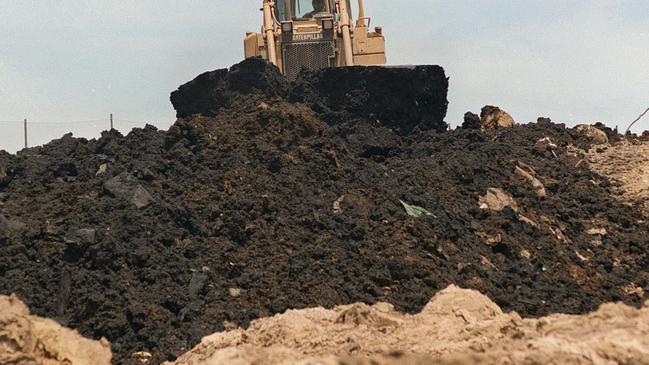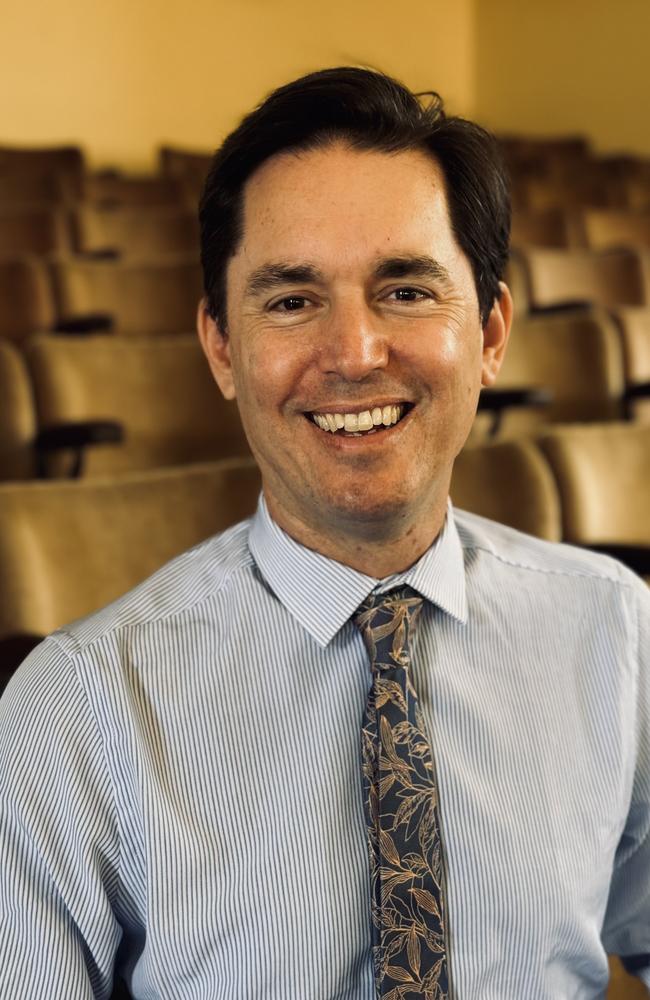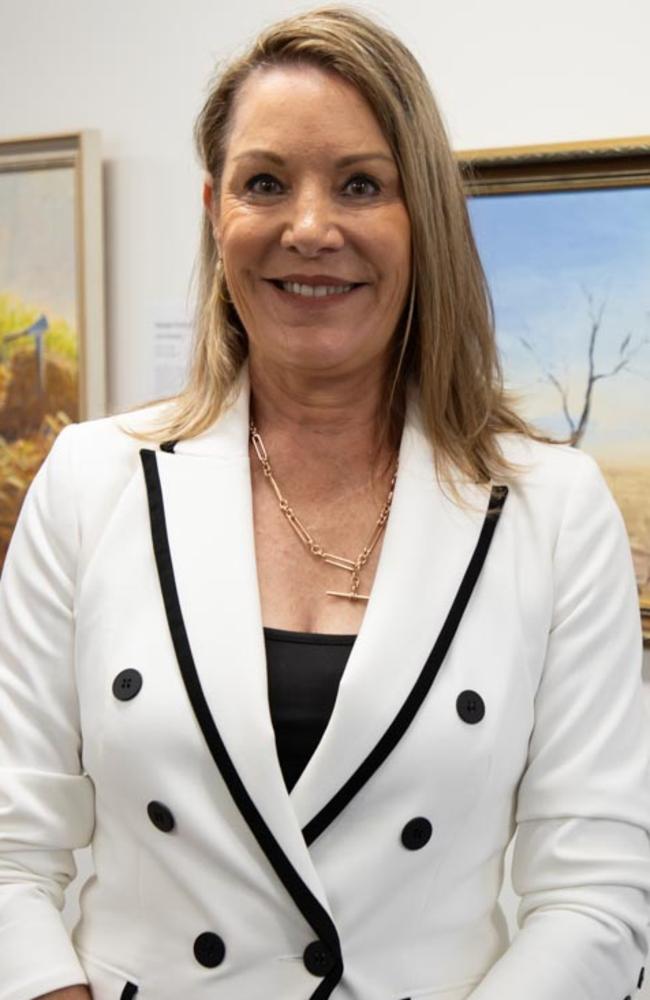Fraser Coast and Bundaberg mayors react to state government waste tax
A state government tax on waste is expected to start hitting the hip pockets of ratepayers as councils are forced to bear more of the financial load. DETAILS

Fraser Coast
Don't miss out on the headlines from Fraser Coast. Followed categories will be added to My News.
Fraser Coast and Bundaberg ratepayers are expected to be hit with a rate increase due to a waste tax imposed on large Queensland councils, with rebates for these taxes to be slowly removed.
The tax, collected by councils on behalf of the state government, aims to keep waste levels down in landfill, while a percentage is refunded back to local councils.
Rebates will slowly be reduced over the coming years.
The shortfall is expected to be met by increases in council rates.
By 2031, councils including the Fraser Coast, Bundaberg, Cairns, Gladstone, Mackay, Rockhampton and Townsville, will only be refunded 20 per cent of the initial tax paid by home and business owners.

Fraser Coast Mayor George Seymour said the impact of the waste tax would only grow with time.
“What the state government is proposing is to increase the impact of this tax every year for the next six years,” Mr Seymour said.
“That’s going to have a massive impact on our local community as we continue to feel the impact of cost of living.
“We have a diverse community with many families and, particularly, our older residents having limited capacity to pay these increased charges.
“What we want is a pause to the introduction of the tax and to have the state government work with councils to find solutions to divert waste from landfill.
“And we need that decision urgently.”
A Fraser Coast Regional Council spokesperson said the waste rebate was expected to cost the council $1 million in the 2025/26 financial year.
No ‘commercially viable way’ to achieve zero waste
In Bundaberg, Mayor Helen Blackburn has already spoken directly with the Environment Minister regarding concerns about the waste levy and called for intervention.

“So far, the waste levy has not impacted residents because the state government has been covering the full cost of the levy for residential waste through advance payments to council,” Mrs Blackburn said.
“From the 2025 financial year the state government will start to phase those payments out,” she said.
“In year one this is a $1.3 million cost to local ratepayers which, to put that into perspective, is the equivalent financial impact to ratepayers of a 1.4 per cent rates increase.
“By the time the levy reaches its full extent, this figure is expected to grow to $4 million per year.”
Mrs Blackburn went on to say there was no commercially viable way at this time for the Bundaberg council to achieve the state’s zero waste to landfill target, leaving no option but to pass the cost on to residents.
“We wholeheartedly agree that waste should be diverted from landfill wherever possible however we’d like to be working with our community to achieve this, not against them,” she said.
“Imposing millions of dollars of additional taxes on a community that is already struggling with the cost of living isn’t fair.
“We’re calling on the Queensland Government to reconsider its rollout timeline for the waste levy.”
Estimates from the Bundaberg council show the waste levy will cost rate payers $1.3 million in the 2025/26 financial year, with each year following adding $500,000 to the cost.
$130 million for new infrastructure
Environment Minister Andrew Powell has hit back at criticism of his government, stating the tax was rolled out in 2019 by Labor.

“Labor introduced the waste levy in 2019, for every tonne of waste that goes into landfill,” Mr Powell said.
“The state government has paid councils more than $800 million since then to subsidise their liability, and 70 per cent of next year’s payment has already been paid - in line with a formula laid out in the Waste Reduction and Recycling Regulation.
“The Crisafulli Government is focused on helping councils avoid the levy altogether by investing in the infrastructure needed to boost recycling rates and keep waste out of landfill.
“That’s why we’re putting $130 million on the table to work shoulder to shoulder with councils to bring forward their plans for new or upgraded waste infrastructure as part of our Waste Strategy Review.”
Annual payments to councils are set to be reviewed again this year, according to the Queensland Government’s page on waste disposal levies.




